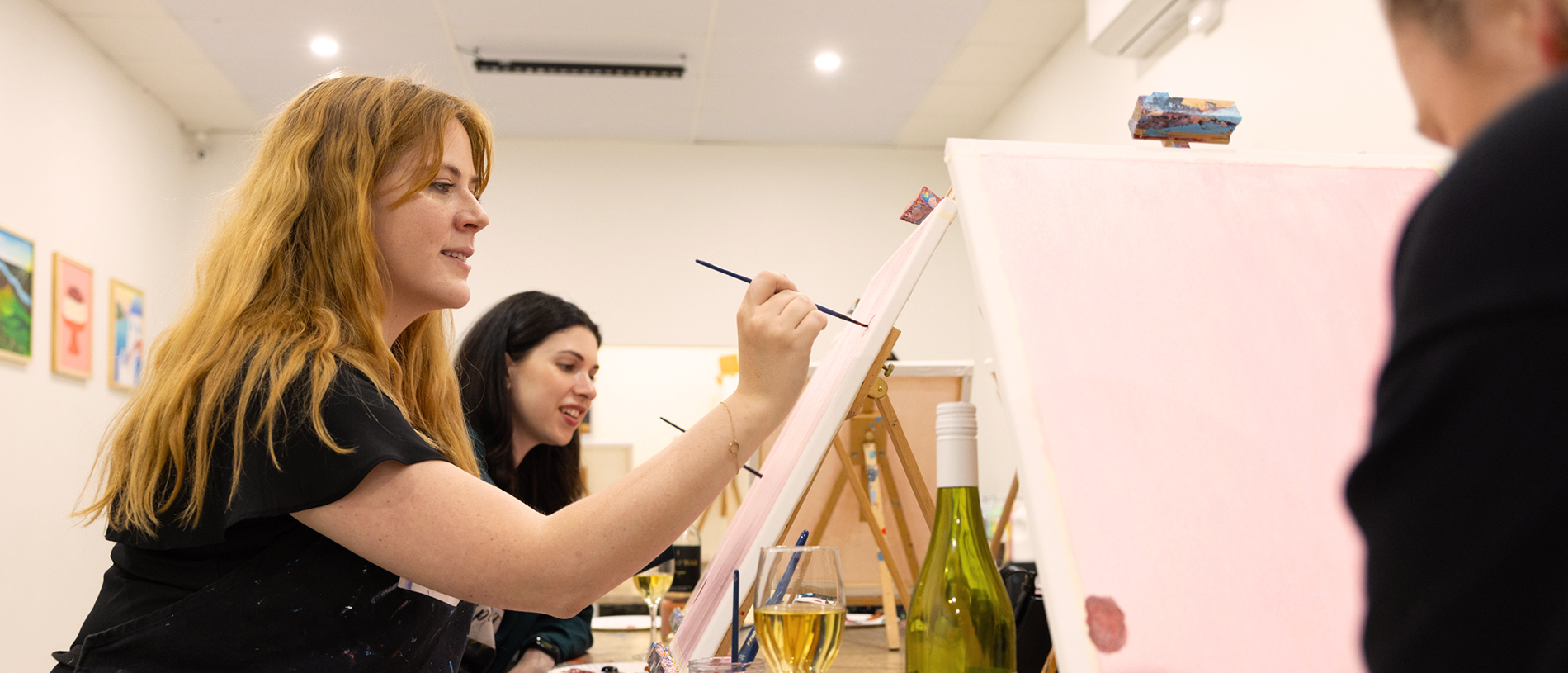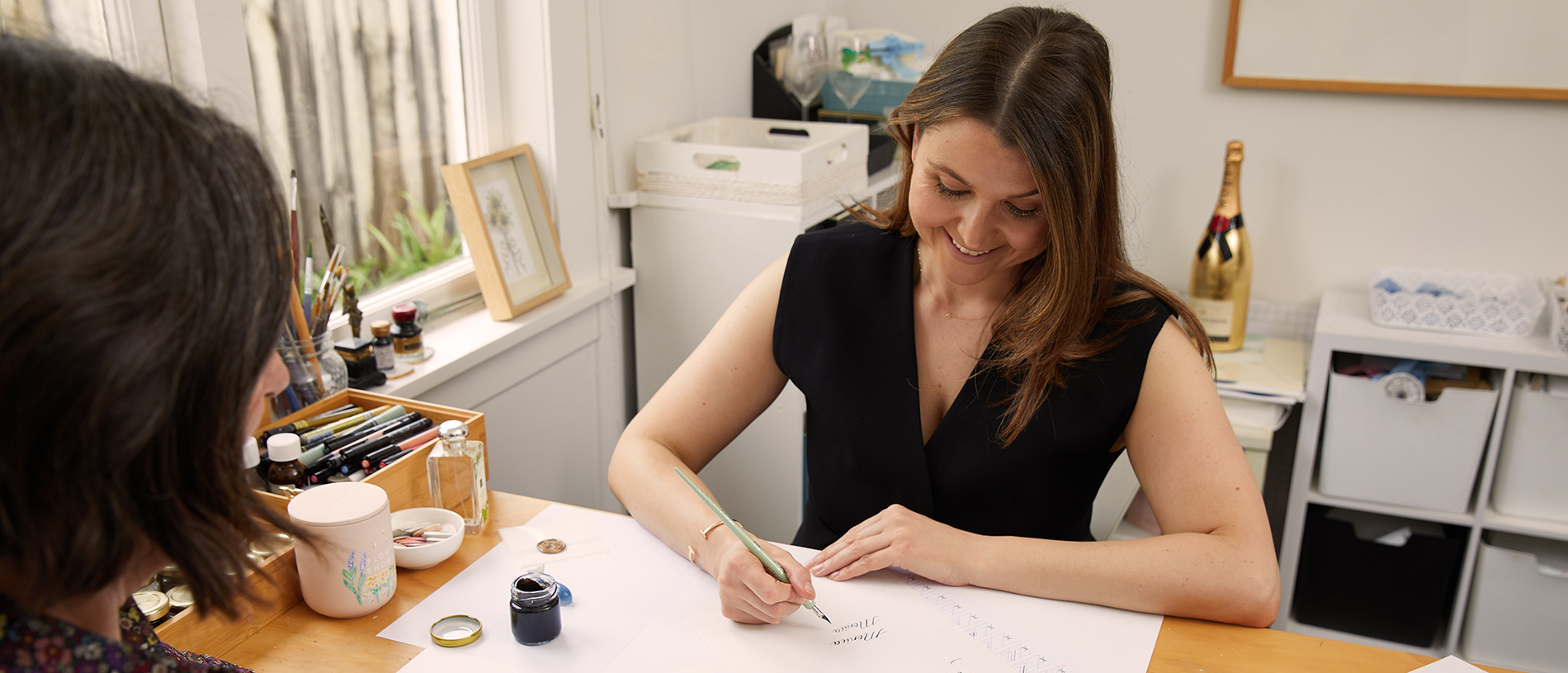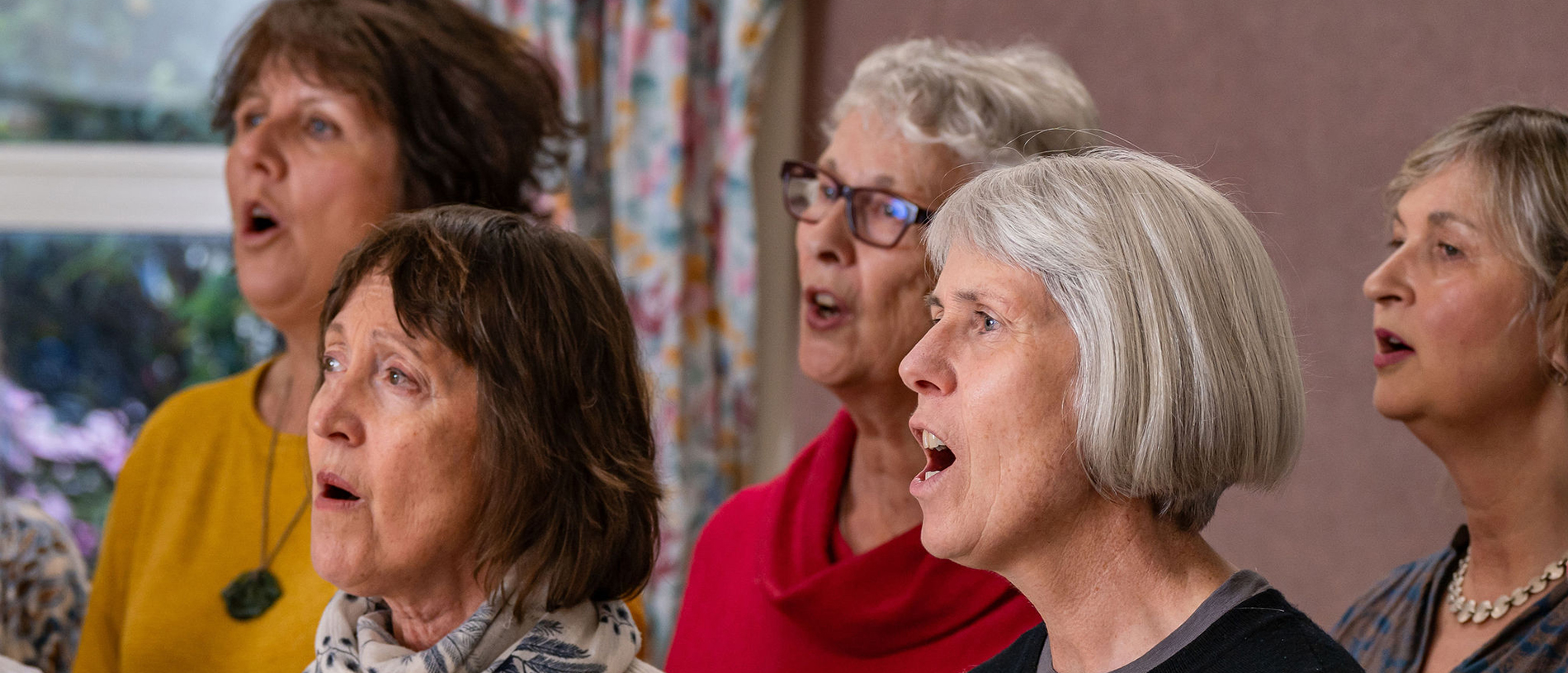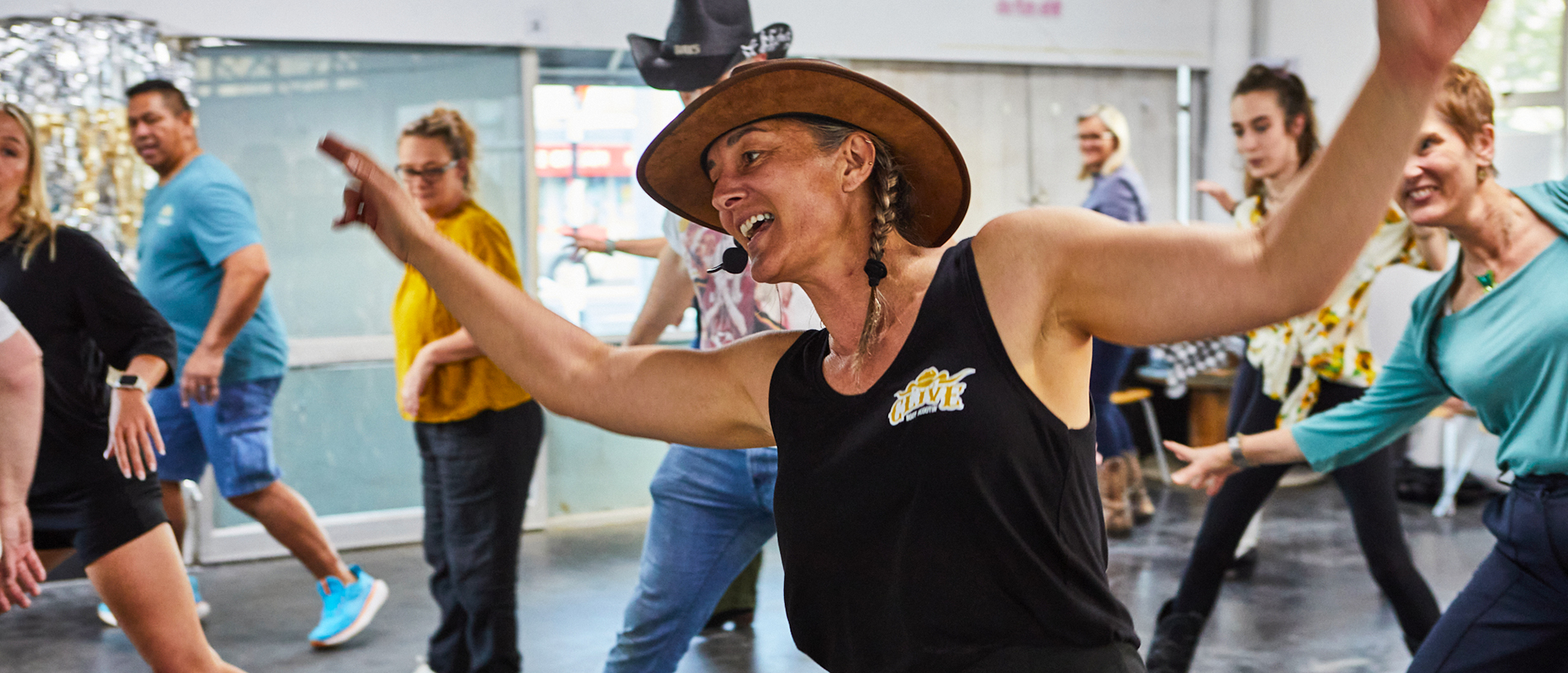
Finding a hobby: Painting
I’m no stranger to a good craft session. My flat is littered with trinkets made from polymer clay, mugs covered in colourful doodles, terracotta pots painted with vibrant fruits and flowers: the detritus of old arts and craft projects.











